During its 37th session in Phnom Penh, Cambodia, the UNESCO World Heritage Committee inscribed 19 sites to its World Heritage List, which includes notable destinations such as Yellowstone National Park and the Galapagos Islands of Ecuador. Besides prestige and tourism, inscription offers opportunities for preservation aid. Here’s a look at the newly inscribed sites, including Mt. Fuji in Japan, the Medici Villas and Gardens in Italy and the town of Levuka in Fiji, that nation’s first listed site.
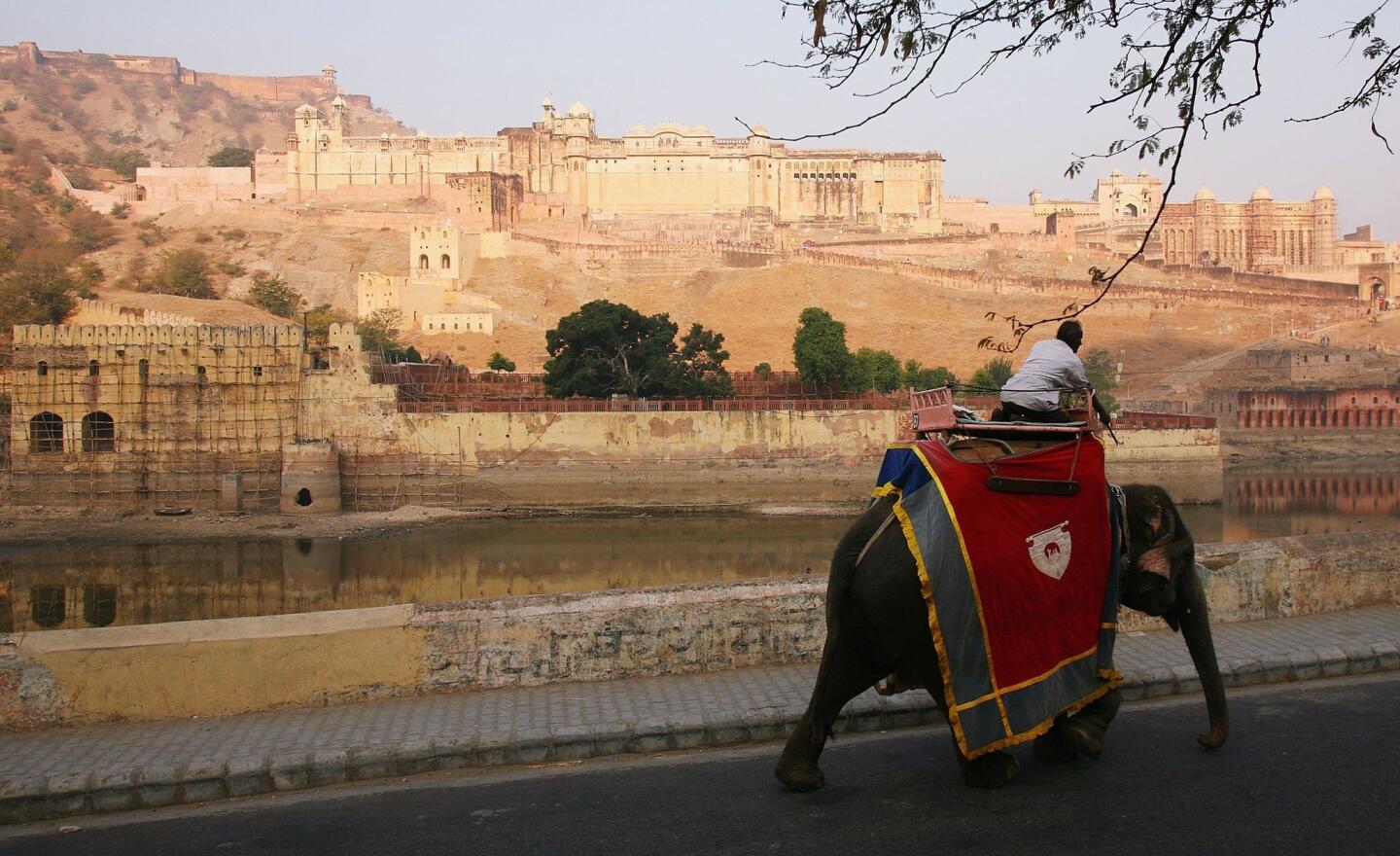
The hill forts consist of six outposts located across the state of Rajasthan in northwestern India, including Amber Fort, above. These impressive structures, with their eclectic architecture, contained urban centers, trading posts, temples and palaces (and in some cases, they still do). (John Moore / Getty Images)
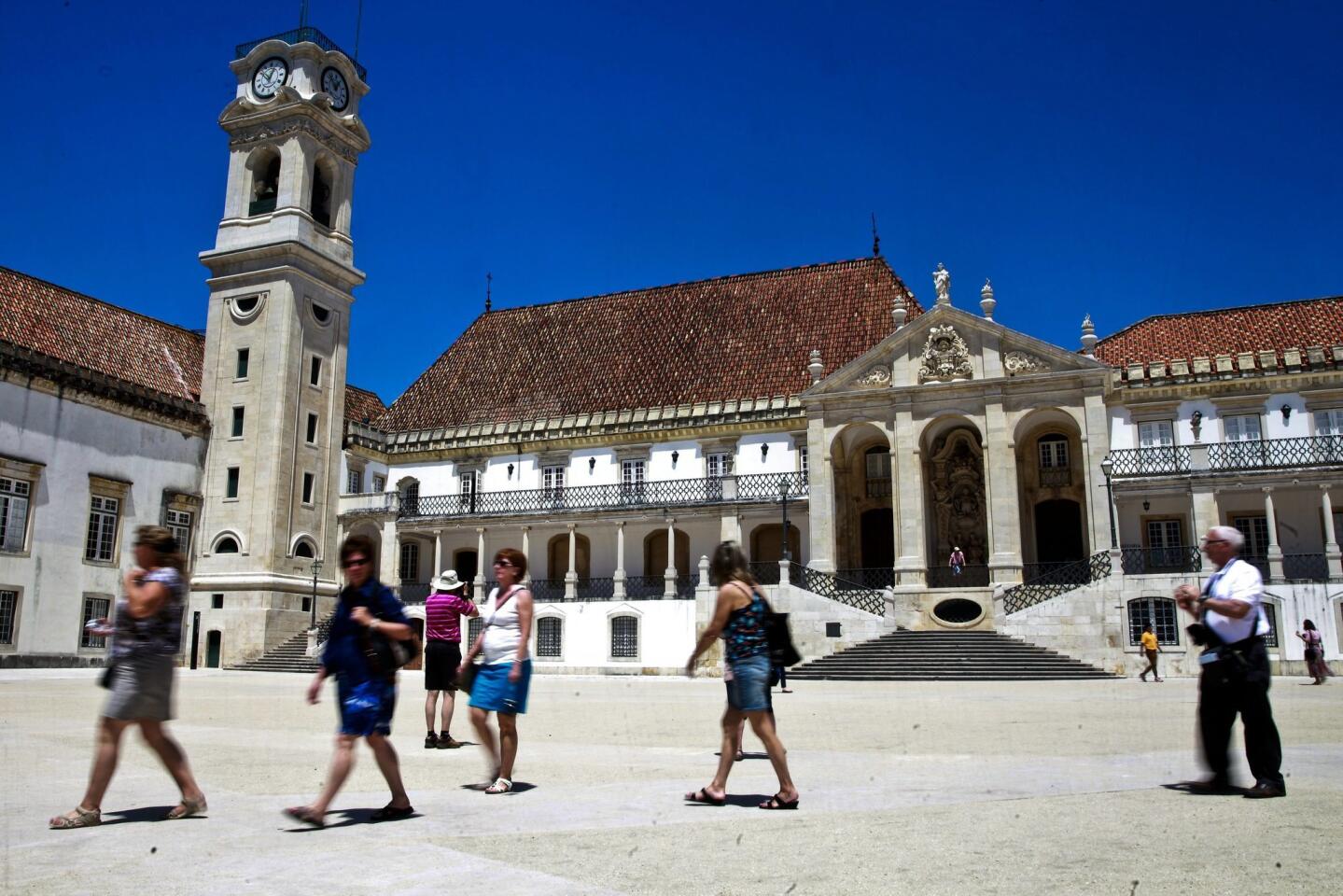
Established in the 13th century, the University of Coimbra is one of Portugal’s oldest universities, influencing later institutions in the country and beyond. The school’s buildings include the Royal Palace of Alcacova, above. (Paulo Novais / EPA)
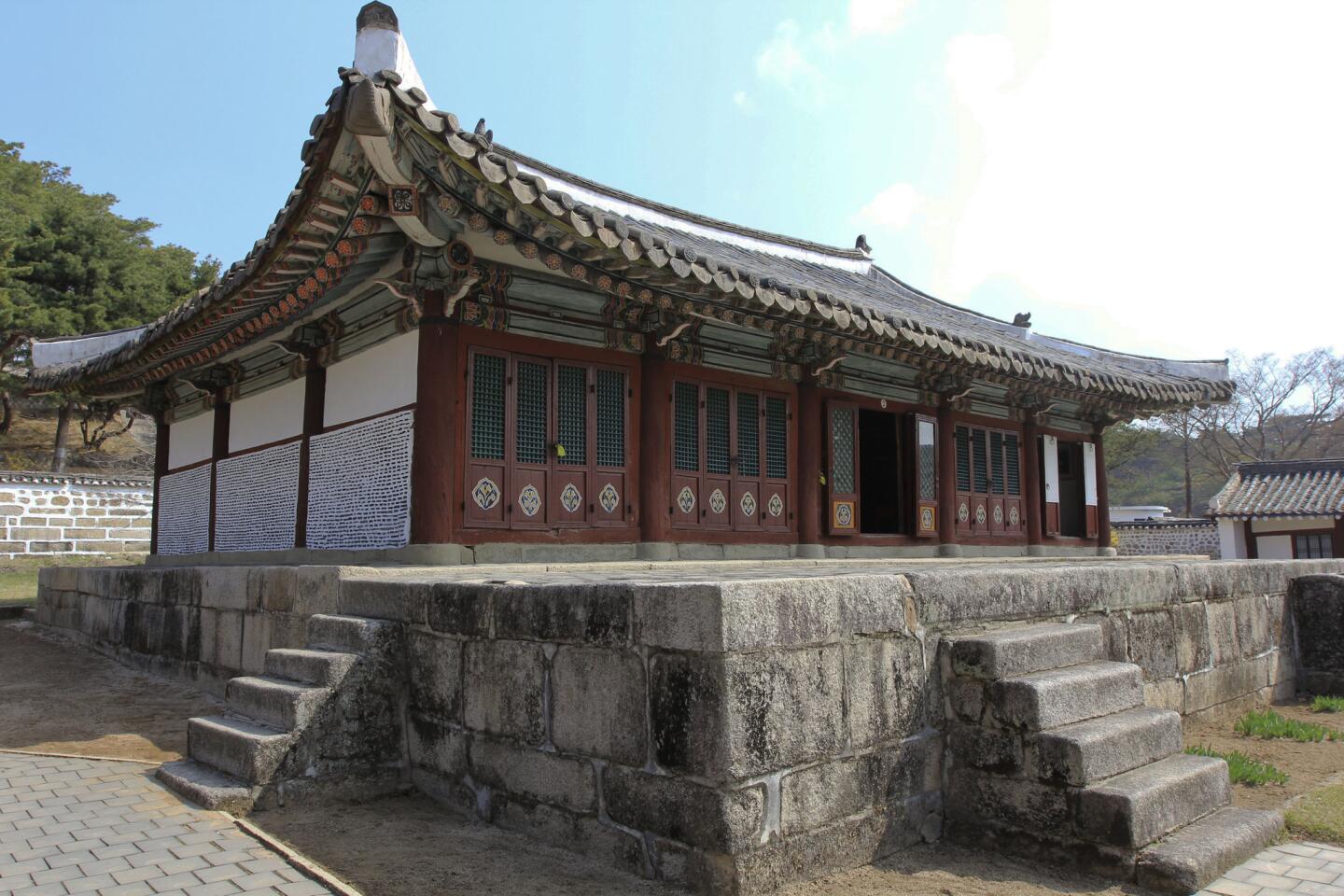
These 12 sites illustrate the influence of the Koryo Dynasty from the 10th to the 14th centuries, including Koryo Songgyungwan University, above, which was established more than 1,000 years ago. (Jean H. Lee / Associated Press)
Advertisement
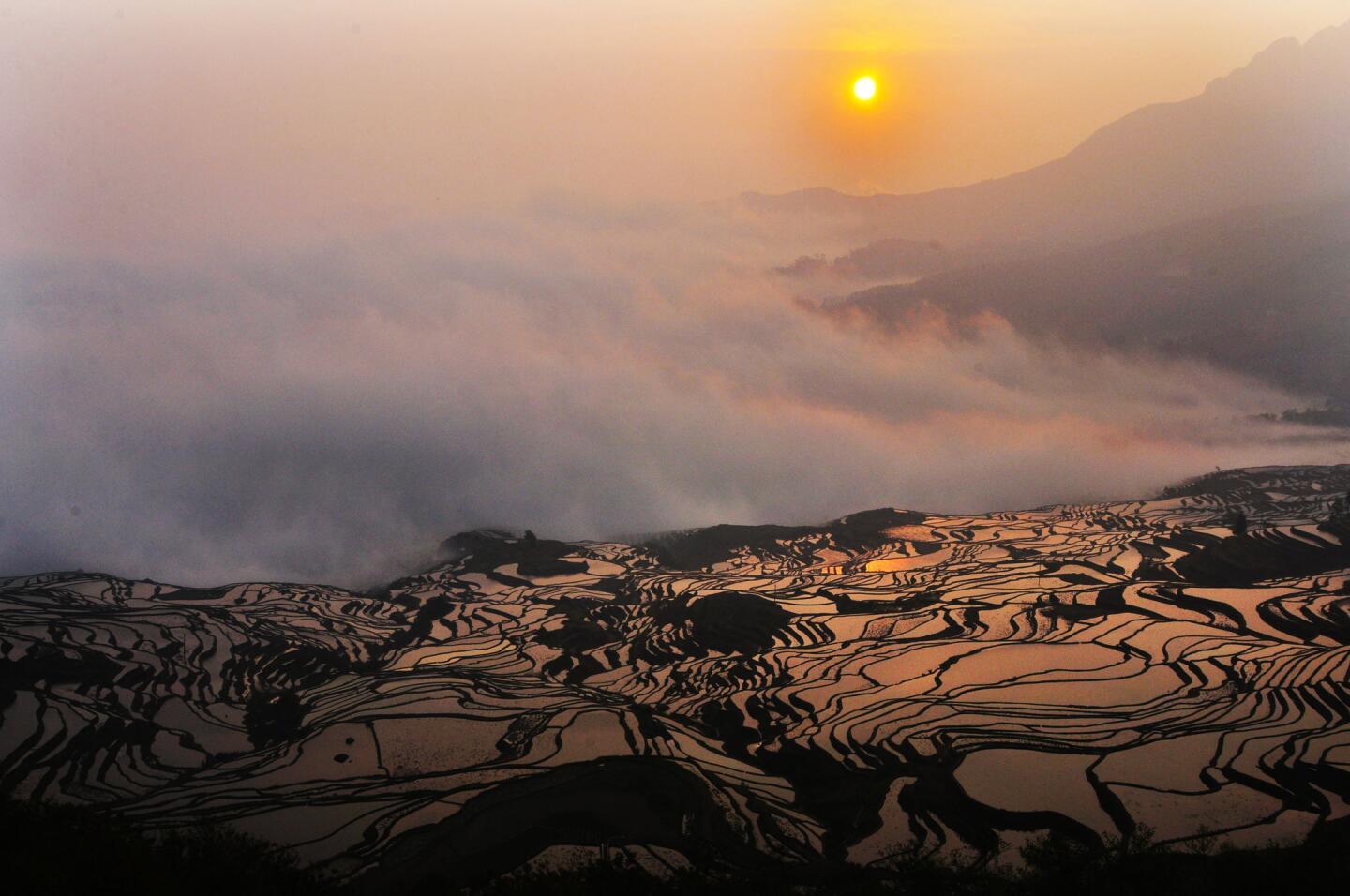
The rice terraces, developed over 1,300 years by the Hani people, is a part of a farming system that incorporates livestock such as buffalo and fish in the cultivation of red rice, the region’s primary crop. The terraces stretch across over 64 square miles in the province of Yunnan in southern China, from the Ailao Mountains to the Hong River. (STR / AFP / Getty Images)
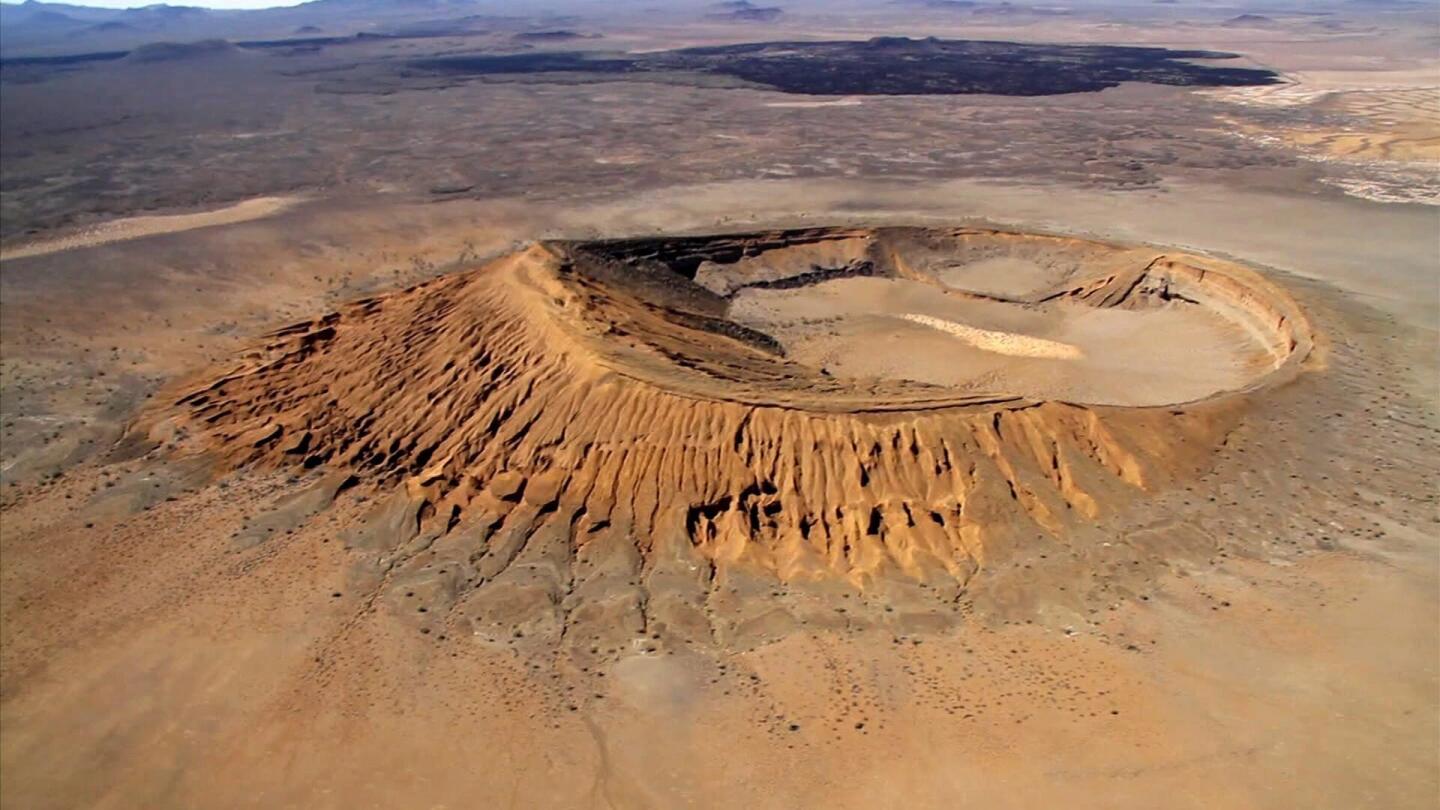
El Pinacate is located in the Sonoran Desert in northern Mexico, south of Arizona. The site includes 10 large and visually prominent circular volcanic craters, including El Elegante crater (pictured), which measures about 4,593 feet wide. (Roberto Vazquez / EPA)
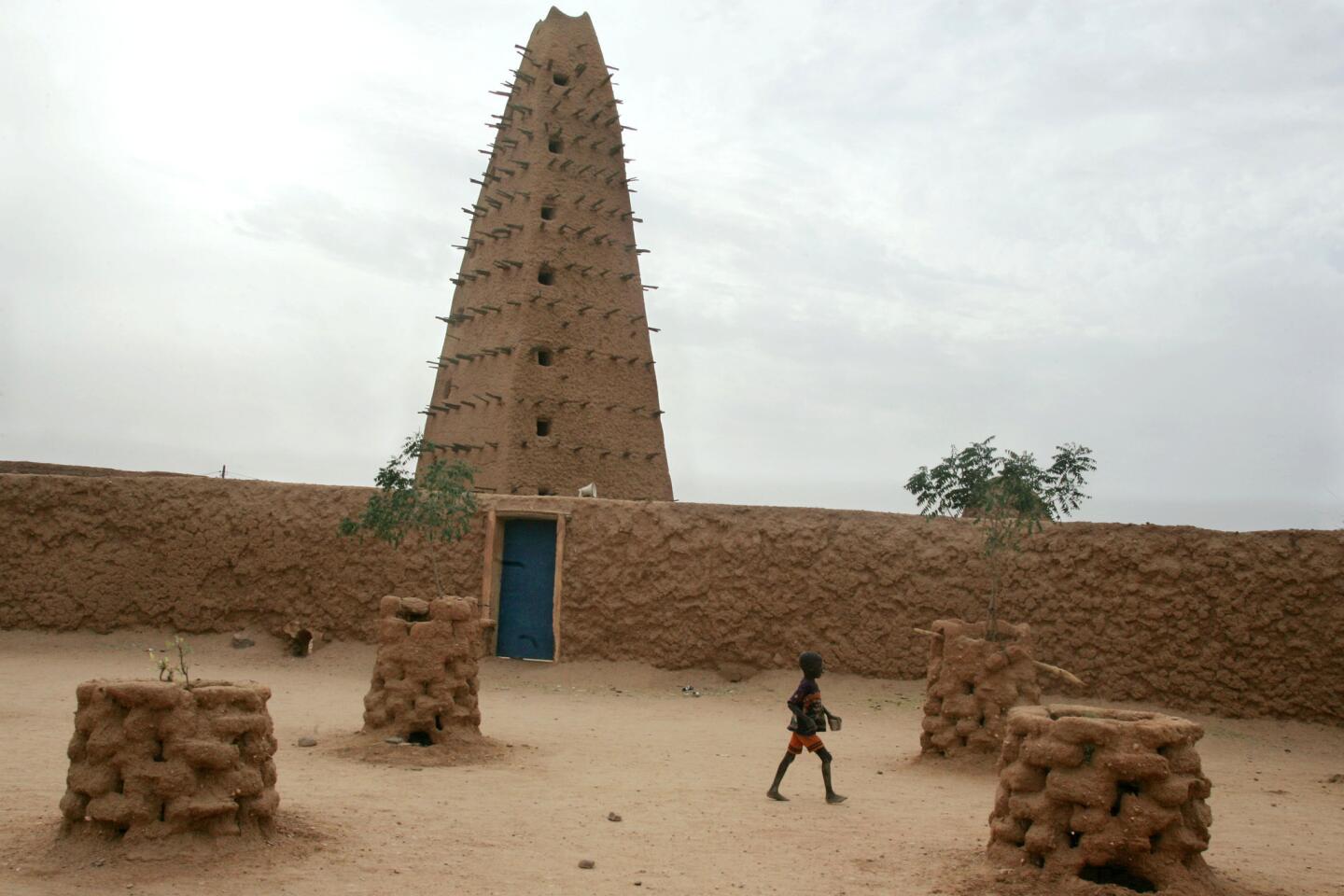
The historic core of Agadez, which dates back to the 15th century, is composed of housing, palatial structures and religious buildings. The quarter is characterized by mudbrick architecture, including the Grand Mosque (pictured). (Pierre Verdy / AFP/Getty Images)
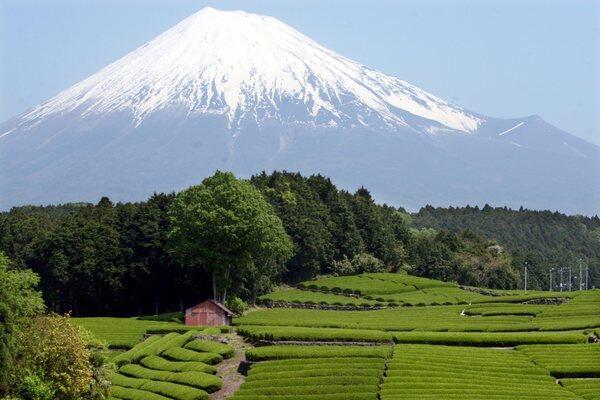
Mt. Fuji’s stark beauty has inspired artists and poets for centuries. The iconic stratovolcano, often snow-capped, rises more than 12,000 feet on Honshu Island and is Japan’s highest mountain. (Everett Kennedy Brown / EPA)
Advertisement
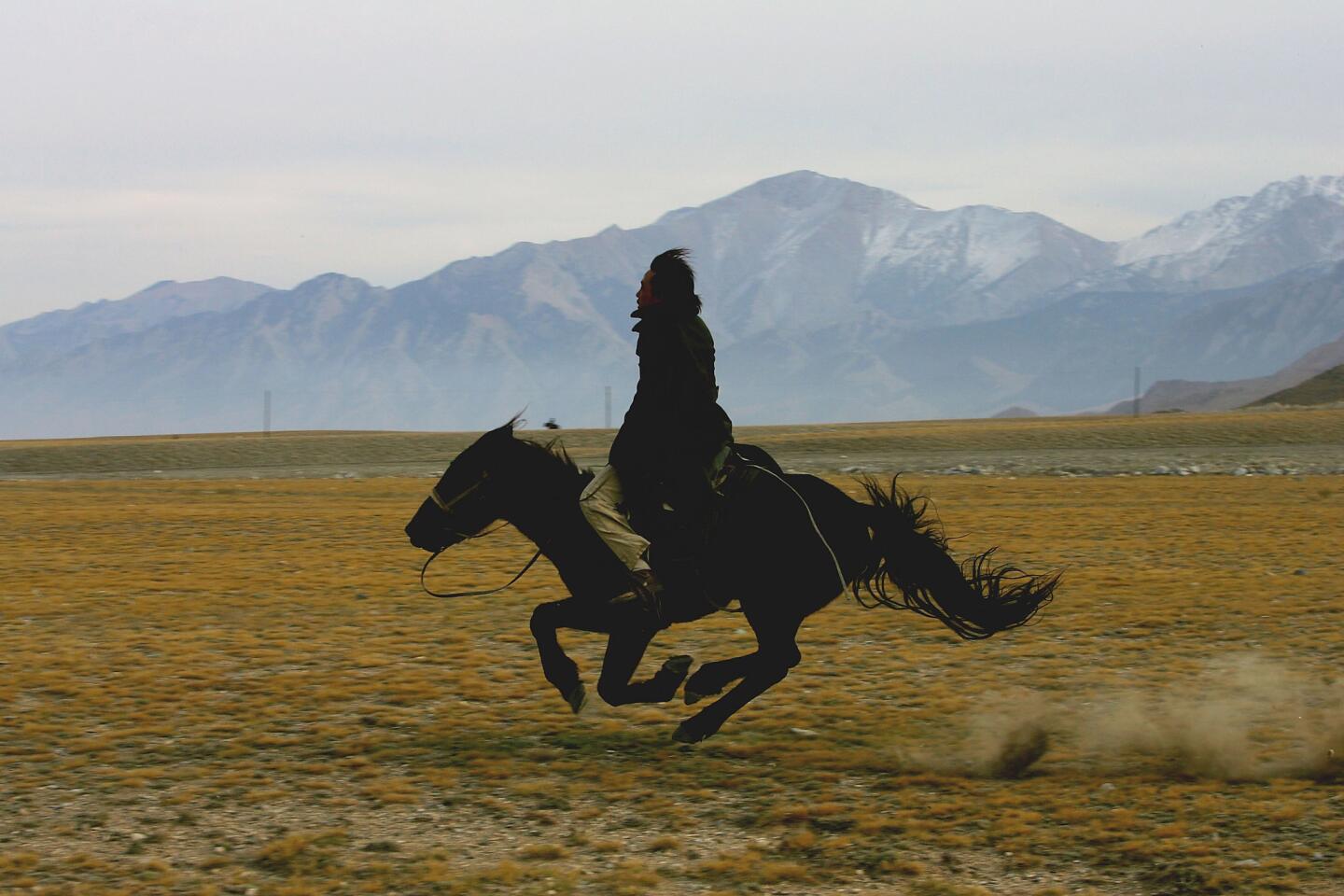
Two-thirds of the Tianshan Mountain range, which stretches across Eastern Europe and Asia, lies within China’s Xinjiang Uygur Autonomous Region. The Xinjiang Tianshan encompasses a wide range of landscapes, including canyons, snow-covered peaks, wetlands and glaciers. It also serves as a habitat for endangered species such as the snow leopard. (Guang Niu / Getty Images)
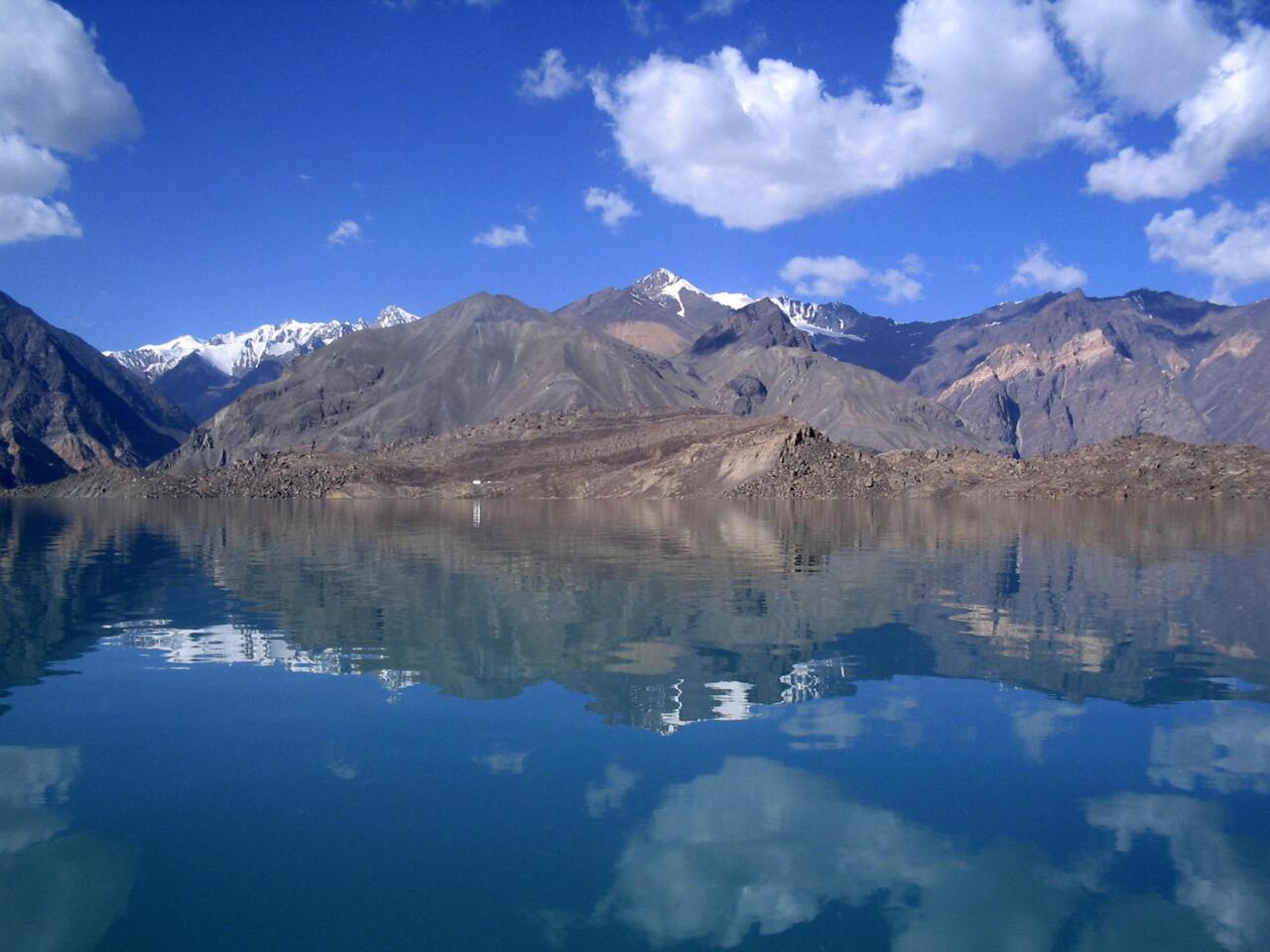
This national park in Tajikistan, which lies in Eastern Europe and borders China, encompasses one of the world’s most tectonically-active regions in the world. It also contains the world’s highest natural dam, behind which Lake Sarez (pictured) lies, and some of the world’s deepest gorges. (AFP / Getty Images)
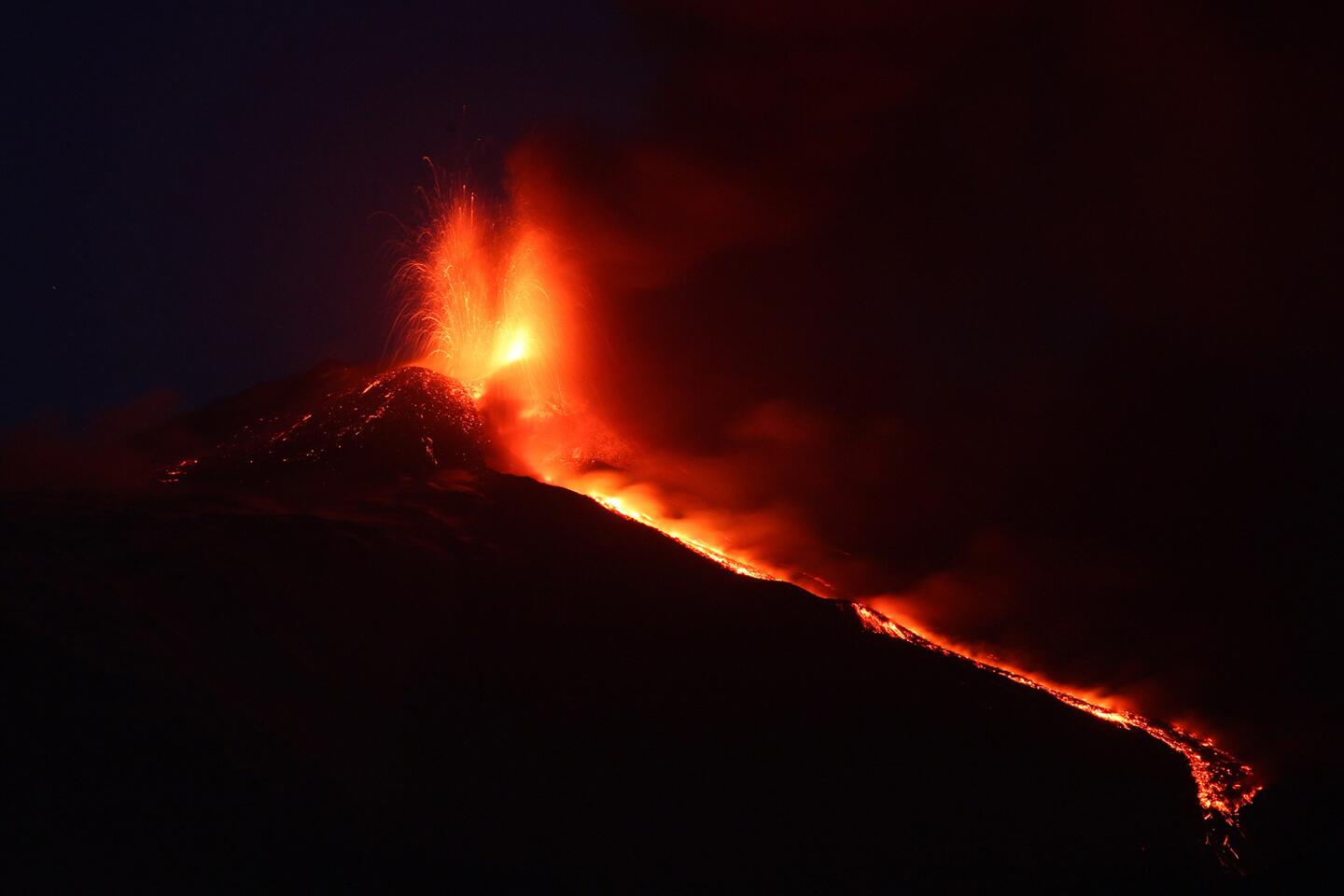
Mt. Etna, located in eastern Sicily in southern Italy, is one of the world’s most active volcanoes, erupting over a dozen times this year alone, including this eruption in April. Its volcanic activity has been well-documented as well, with records dating back over 2,700 years. (Carmelo Imbesi / Associated Press)




